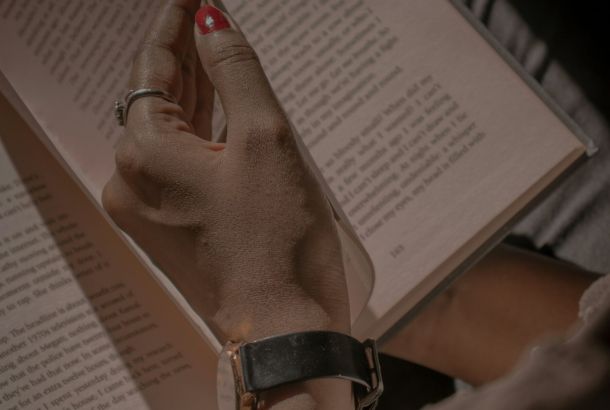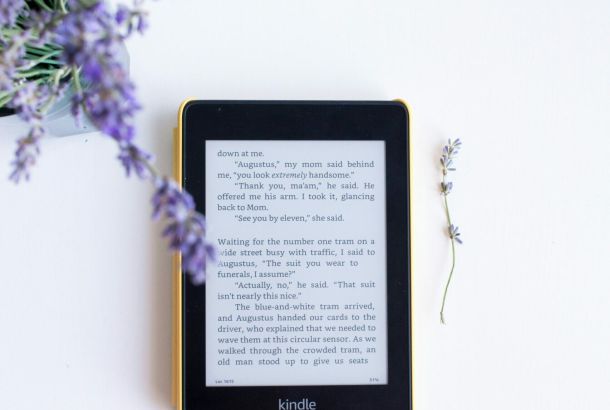Review – NW by Zadie Smith
By Annie Muir
Zadie Smith’s latest novel NW is not really ‘new’ anymore; it was published September of last year. I was initially put off reading it by two negative responses published in The Guardian when it first came out: the first a ‘digested read’ by John Crace (which is quite funny) and the second a review by Adam Mars-Jones. I didn’t properly read the review, I skipped the parts that I thought were going to give away the story, because I hate it when reviewers do that. If I had read it properly I would have seen that Mars-Jones was the type of man who calls a book ‘chick lit’ because it contains mention of pregnancy, and I would have known to ignore him.
There were also two factors urging me to read the book. The first was that I like the cover, designed by John Gray, a Peter Blake-esque target with heavy black and white lettering filled in with old maps. The second was that it was bought for me as a present, a signed hardback copy that couldn’t be ignored, and put pain to any review-related hesitation.
Mars-Jones (as others have) compared NW’s rambling form to Ulysses, and then complained about lack of stable plot, saying that it is not a successful novel ‘though it contains the makings of three or four.’ I agree that compared to White Teeth – Smith’s first and still most famous novel – NW does not have such a succinct storyline. In that taut debut, everything leads towards a big bang at the end; however this plot is more real. I really felt London in summer: intimations of believable places, situations and dialogue. I myself would compare the novel to Sam Selvon’s The Lonely Londoners, or Pat Barker’s Union Street – novels in which the characters are used foremost to explore and present a specific place and time in history rather than as drivers of a complicated plot.
Smith puts heavy emphasis on the form of the novel, using different sections organised in different ways: one in numbered chapters, another in numbered short paragraphs with appropriate headings. In one of these numbered paragraphs – headed ‘Stage Directions’- Smith briefly turns the character Natalie’s life into a play (a device used also by Joyce). There are also frequent colloquial direct-address comments made by a third-person non-participant narrator such as, “You’re welcome”. At the back of the book there is a photo of Smith, wearing a crimson scarf tied around her hair. Directly underneath are the words “Zadie Smith was born in North-West London in 1975”. These details gave me the impression that she wanted the reader to know that she was part of the story; her beautiful freckled face seemed to be saying, “I wrote all these words”.







